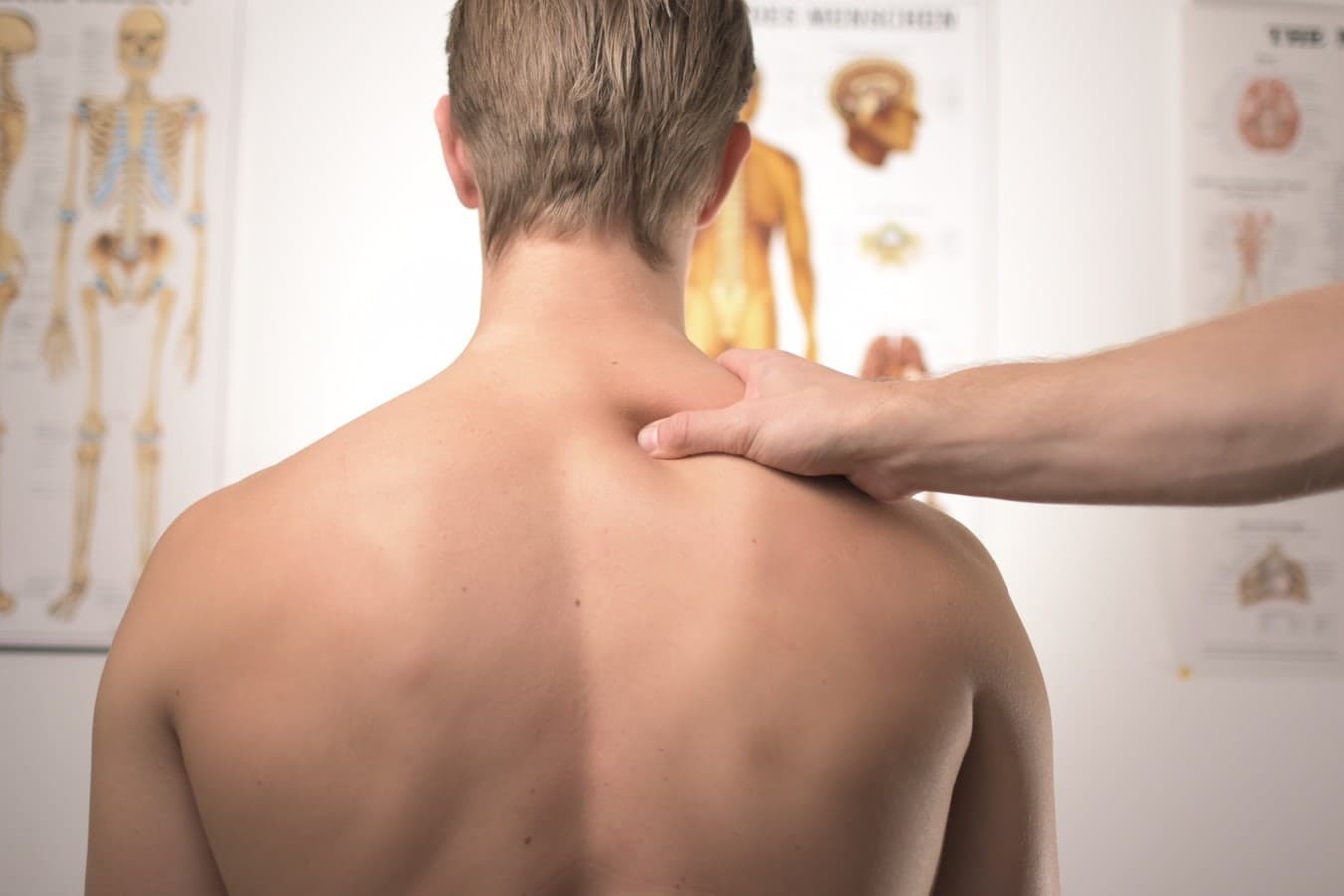
Have people told you that you have 'magic hands' or that you should become a massage therapist? Even if they haven't, you may be curious to study massage therapy or physical therapy with the view of creating a career out of it. Either way, learning manual therapy techniques is a great way to get ahead in the field of complementary medicine, where it is highly in demand. This article explores your study options and potential career outcomes.
What are Manual Therapies?
Manual therapies include hands-on healing techniques, such as massage, reflexology, physical therapy and osteopathy, to ease musculoskeletal pain, reduce stress and treat injuries. These ancient practices have been used for eons to promote health and wellbeing. Manipulative therapies work on the soft tissues, muscles, tendons, and ligaments that connect all the organs.
With our busy and active lifestyles, it's no surprise more people are seeking out manual therapies. In fact, it's been suggested that 40 per cent more Australians have accessed manual therapies over the past decade.
The use of manual therapy techniques has been found to be an effective treatment for a variety of musculoskeletal conditions, as well as improving mental and emotional wellbeing. Some health issues that can benefit massively from different types of massage techniques, physical therapy modalities and chiropractic adjustments, among others, include:
- Shoulder pain or frozen shoulder
- Muscle spasms
- Low-back pain
- Neck pain
- Limited range of movement
- Scar tissue
- Cerebral palsy
- Muscle tension
- High blood pressure
- Posture problems
- Stress
What Do Manual Therapists Do?
As a manual therapist, you'll treat a wide range of clients in a variety of settings. You'll administer remedial massage, shiatsu, exercise therapy, trigger point therapy and reflexology, among other manual therapy interventions, and use these as part of a tailored treatment plan. You could find yourself working on a cruise ship, in a hotel, an aged care facility, a hospital or in private practice.
There are several types of manual therapists, including osteopaths, physical therapists, massage therapists, chiropractors or many other types of allied healthcare providers. Anyone who has received formal training in integrative manual therapy is able to do manual treatments on their patients to help them get better.
What are My Study Options?
Manual therapies are an important part of health care, and studying these will enable you to help others feel better and improve their overall quality of life. They also work quickly so people can get back to their daily activities faster.
To sample manual therapies, you could try a taster course – also known as a short course. You will be introduced to different types of massage techniques, such as sports massage, or physical therapy treatment approaches, and it will help you decide if it's right for you.
If you want to work as a manual therapist, you'll need to then acquire a certificate or diploma. This will equip you with a solid grounding in anatomy, physiology and medical science, which you will draw upon when treating clients.
When choosing a course, ask the provider if it is accredited and recognised by industry associations. This will ensure you can start practising as soon as you graduate. You should also find out how the course is delivered, as many providers such as the Australasian College of Natural Therapies now deliver courses via online and distance methods, allowing you to slot it in with your other commitments.
Studying can be a big financial commitment, but you may find the course can be paid for with VET Student Loans, a government program which allows you to borrow funds for the course and pay it back once you're working.
Getting Started
To start exploring your study options, why not browse the colleges in our schools directory. Have a chat with a few providers and find one that you feel best matches your career goals. You'll then be on your way to an exciting career as a manual therapist.
Originally published on Jan 07, 2015



